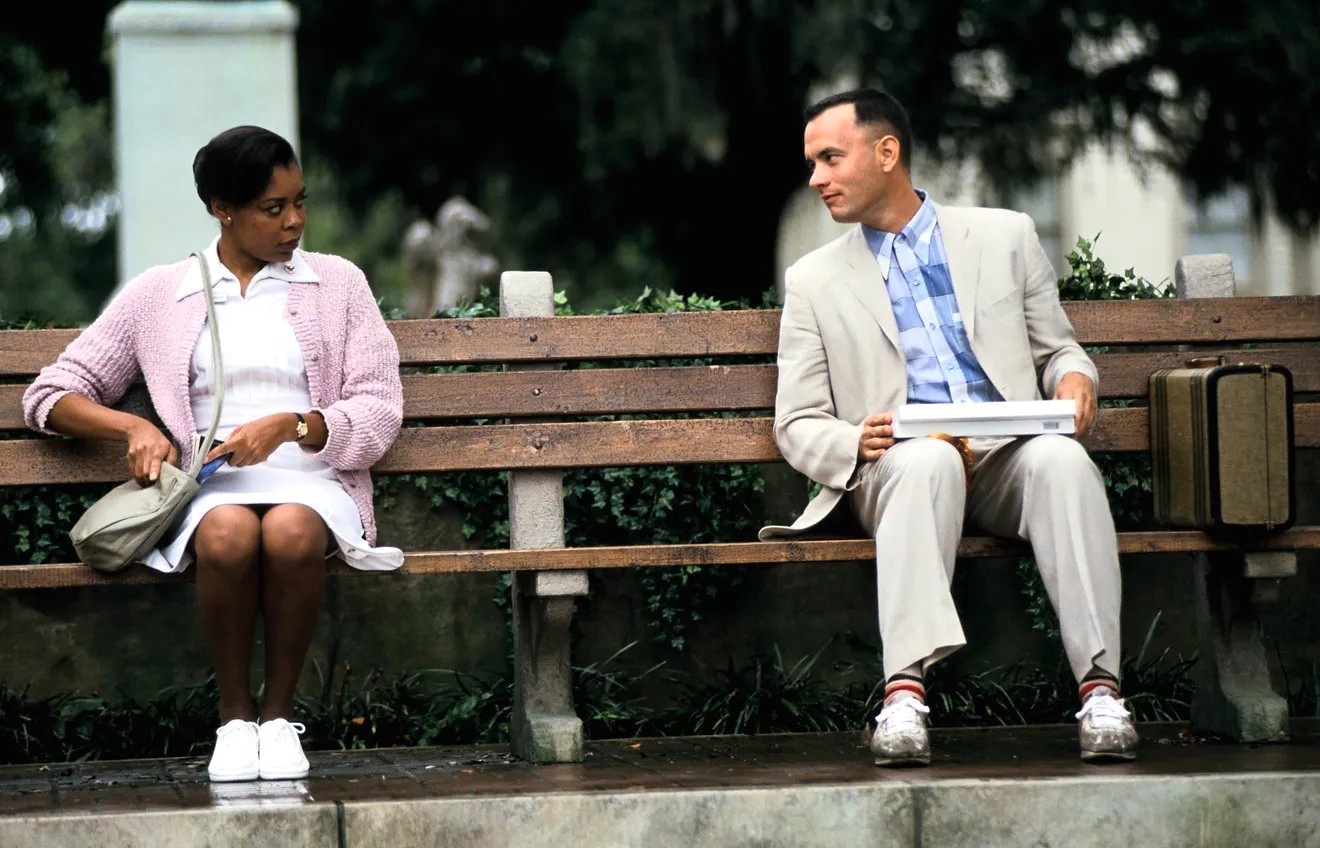
The Treaty of Versailles signed on June 28, 1919, officially ended the conflict known as “The Great War,” what we now call World War I.
“However,” according to the U.S. Department of Veterans Affairs web site, “the fighting ceased seven months earlier when an armistice, or temporary cessation of hostilities, between the Allied nations and Germany went into effect on the eleventh hour of the eleventh day of the eleventh month. For that reason, November 11, 1918, is generally regarded as the end of ‘the war to end all wars.’
“In November 1919, President Wilson proclaimed November 11 as the first commemoration of Armistice Day with the following words:
‘To us in America, the reflections of Armistice Day will be filled with solemn pride in the heroism of those who died in the country’s service and with gratitude for the victory, both because of the thing from which it has freed us and because of the opportunity it has given America to show her sympathy with peace and justice in the councils of the nations…’
“Armistice Day was primarily a day set aside to honor veterans of World War I, but in 1954, after World War II had required the greatest mobilization of soldiers, sailors, Marines and airmen in the Nation’s history; after American forces had fought aggression in Korea, the 83rd Congress, at the urging of the veterans service organizations, amended the Act of 1938 by striking out the word ‘Armistice’ and inserting in its place the word ‘Veterans.’ With the approval of this legislation (Public Law 380) on June 1, 1954, November 11th became a day to honor American veterans of all wars.”
On this 95th anniversary of the day now set aside each year, the United Kingdom has done something truly memorable. In what was the moat surrounding England’s Tower of London is a sea of 888,246 ceramic poppies, one for each British soldier killed in World War I.
Why poppies?
As NBC’s Brian Williams explained in last night’s news story, it was the poppy that grew back first on the scorched fields of combat. But that’s only part of the story. Perhaps the most memorable war poem ever written, almost never saw the light of day.
The story behind it, which comes from the Arlington National Cemetery web site, makes the words all the more powerful.
“Although he had been a doctor for years and had served in the South African War, it was impossible to get used to the suffering, the screams, and the blood here, and Major John McCrae had seen and heard enough in his dressing station to last him a lifetime.
“As a surgeon attached to the 1st Field Artillery Brigade, Major McCrae, who had joined the McGill faculty in 1900 after graduating from the University of Toronto, had spent seventeen days treating injured men — Canadians, British, Indians, French, and Germans — in the Ypres salient. It had been an ordeal that he had hardly thought possible. McCrae later wrote of it: ‘I wish I could embody on paper some of the varied sensations of that seventeen days… Seventeen days of Hades! At the end of the first day if anyone had told us we had to spend seventeen days there, we would have folded our hands and said it could not have been done.’
“One death particularly affected McCrae. A young friend and former student, Lieut. Alexis Helmer of Ottawa, had been killed by a shell burst on 2 May 1915. Lieutenant Helmer was buried later that day in the little cemetery outside McCrae’s dressing station, and McCrae had performed the funeral ceremony in the absence of the chaplain.
“The next day, sitting on the back of an ambulance parked near the dressing station beside the Canal de l’Yser, just a few hundred yards north of Ypres, McCrae vented his anguish by composing a poem. The major was no stranger to writing, having authored several medical texts besides dabbling in poetry. In the nearby cemetery, McCrae could see the wild poppies that sprang up in the ditches in that part of Europe, and he spent twenty minutes of precious rest time scribbling fifteen lines of verse in a notebook.
“A young soldier watched him write it. Cyril Allinson, a twenty-two year old sergeant-major, was delivering mail that day when he spotted McCrae. The major looked up as Allinson approached, then went on writing while the sergeant-major stood there quietly. ‘His face was very tired but calm as we wrote,’ Allinson recalled. ‘He looked around from time to time, his eyes straying to Helmer’s grave.’
“When McCrae finished five minutes later, he took his mail from Allinson and, without saying a word, handed his pad to the young NCO. Allinson was moved by what he read:
‘The poem was an exact description of the scene in front of us both. He used the word blow in that line because the poppies actually were being blown that morning by a gentle east wind. It never occurred to me at that time that it would ever be published. It seemed to me just an exact description of the scene.’
“In fact, it was very nearly not published. Dissatisfied with it, McCrae tossed the poem away, but a fellow officer retrieved it and sent it to newspapers in England. The Spectator, in London, rejected it, but Punch [a British weekly magazine] published it on 8 December 1915.”
In Flanders Fields the poppies blow
Between the crosses row on row,
That mark our place; and in the sky
The larks, still bravely singing, fly
Scarce heard amid the guns below.
We are the Dead. Short days ago
We lived, felt dawn, saw sunset glow,
Loved and were loved, and now we lie
In Flanders fields.
Take up our quarrel with the foe:
To you from failing hands we throw
The torch; be yours to hold it high.
If ye break faith with us who die
We shall not sleep, though poppies grow
In Flanders fields.
Comments
Leave a Comment











Beautifully written, Jim. My wife and I approached Omaha Beach at 5AM this last June 6, with a full moon shining on the English Channel and illuminating our small ferry boat and the shimmering sands of Normandy. It was the 60th anniversary of D-Day, and following that memorable day, “The Longest Day” we set out to visit Battlefields of WW I and II, a fabulous tour set up by Triple A. The sheer immensity of the killed-in-action kids during World War One are staggering, both civilian and military somewhere near 12 million on five continents, plus another 20 million who died of the Influenza pandemic that “nearly stopped the war” in 1917. We saw the poppies covering Flanders Field and read the tender McCrae poem you shared. Of note, we brought back poppy seed pods and this spring, the legacy of Flanders will bloom again in Carmel, California.